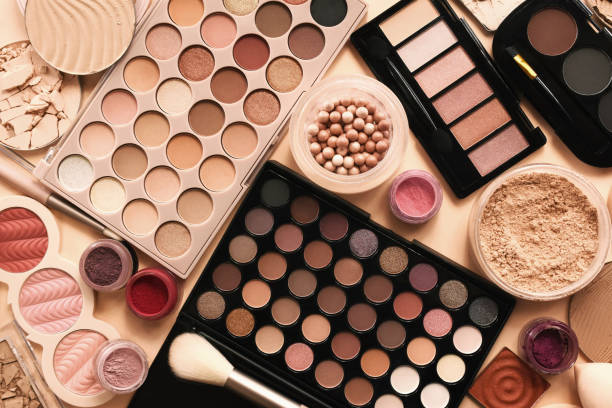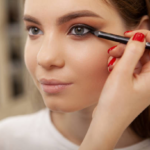Primer is a makeup product that creates a smooth base for foundation, helping it last longer and look better throughout the day. This beauty staple has become essential for both professional makeup artists and everyday users. In this article, we will explore everything you need to know about primer, its benefits, types, how to apply it, and common questions people have about it.
The Benefits of Using Primer

Primer offers several benefits that make it a crucial step in any makeup routine. Firstly, it helps to fill in fine lines and pores, creating a smoother surface for foundation application. This results in a more flawless makeup look. Additionally, primer can help control oil and shine, making it particularly useful for those with oily or combination skin. Primers also provide a barrier between your skin and makeup, which can prevent clogged pores and breakouts.
Types of Primers
There are different types of primers, each designed to address specific skin concerns or enhance certain areas of your makeup. Here are some common types:
-
Mattifying Primer:
Ideal for oily skin, it controls shine and prolongs the wear of makeup. -
Hydrating Primer:
Great for dry skin, it provides extra moisture and creates a dewy finish. -
Pore-Filling Primer:
Specially formulated to minimize the appearance of pores. -
Color-Correcting Primer:
Available in different shades to neutralize redness, brighten dull skin, or even out skin tone. -
Illuminating Primer:
Adds a subtle glow to the skin, perfect for a radiant look.
How to Apply Primer
Applying primer correctly is essential for achieving its full benefits. Start with clean, moisturized skin. You only need a small amount of primer, usually a pea-sized drop. Apply it with your fingers or a makeup brush, focusing on areas where makeup tends to wear off quickly or where your skin texture is uneven. Make sure to blend it well and let it set for a minute before applying foundation. This ensures that the primer has time to create a smooth canvas for your makeup.
Common Mistakes to Avoid
Even though using primer can seem straightforward, there are some common mistakes to avoid. One mistake is applying too much primer, which can make your makeup look cakey. Remember, a little goes a long way. Another mistake is not letting the primer set before applying foundation, which can lead to uneven application. Lastly, using the wrong type of primer for your skin type can result in less-than-ideal outcomes. Always choose a primer that suits your skin’s specific needs.
Conclusion
Primer is an indispensable part of any makeup routine, offering a range of benefits from smoothing the skin’s texture to extending the wear of your foundation. Understanding the different types of primers and how to apply them correctly can elevate your makeup game, providing a flawless finish that lasts all day. Choose the right primer for your skin type and make it a permanent part of your beauty arsenal for a makeup look that truly stands out.
FAQs
What is the primary function of a primer?
The primary function of a primer is to create a smooth base for foundation, fill in fine lines and pores, and help makeup last longer.
Can I use a primer without foundation?
Yes, you can use a primer without foundation. It can still help to smooth your skin’s texture and control oil or shine for a more polished look.
How much primer should I use?
You only need a small amount of primer, usually a pea-sized drop, to cover your entire face effectively.
Is primer suitable for all skin types?
Yes, primer is suitable for all skin types. However, it’s important to choose a primer that is specifically formulated for your skin type for the best results.
How long should I wait after applying primer before putting on foundation?
It’s recommended to wait about a minute after applying primer to let it set properly before applying foundation. This ensures a smooth and even application.


